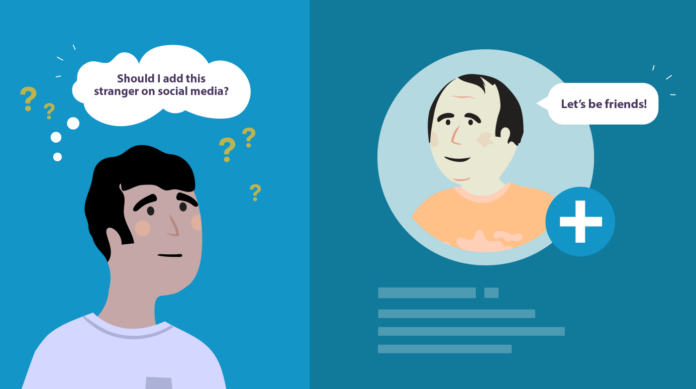Social networking sites are more popular than ever, and they’ve changed the way people use the Internet. Some of the most popular sites are Facebook, Instagram, and Twitter. These sites allow people to keep in touch with their friends, share links, plan events, and more.
For many teens and even younger kids, online social networking is an important part of their lives because it lets them talk to their friends no matter where they are. Social networks aren’t a bad thing, but there are a few risks your kids will need to be aware of.
Age restrictions on social networks
Many social networking sites have an age requirement for creating an account. For example, Facebook does not allow anyone younger than 13 to join. However, many kids lie about their age in order to join—and some parents allow it or even help them do it.
Keep in mind that these age restrictions exist to protect your child’s privacy. If your child uses social networking sites, make sure you know what the minimum age is for each site.
Teaching kids to use social networks safely
Social networks involve a lot of sharing, including photos, videos, links, and personal information. Many kids and teens enjoy sharing these things with their friends, but they may actually be sharing information with more people than they realize. For example, a recent study found that 68 percent of teens have accepted friend requests from strangers, and 8 percent have accepted every friend request they’ve received. This means their “friends” may not be people they can trust.
As you talk to your kids about social networks, you can give them the following guidelines to help them stay safe.
- Keep your posts private. On most social networking sites, you can choose to only share things with your friends. It’s important to use this setting whenever possible because it makes it more difficult for people you don’t know to gain access to your information.
- Check your privacy settings frequently. Facebook sometimes reorganizes its privacy and account settings, which can cause your information to be shared with more people than you want. With Facebook or any other social networking site, you should review your privacy settings to make sure they are set the way you want them to be.
- Be careful what you share. Even if you’re keeping posts private, it doesn’t guarantee that other people won’t be able to see it. For example, if you share a photo with your friends, they can easily save it to their computers and post it to another website. You shouldn’t post something online unless you’re comfortable with everyone in the world seeing it.
- Don’t add strangers to your friends list. Although it may be tempting to have thousands of “friends” online, this increases the chances that your photos and personal information will be shared with the world.
- Keep in mind that things you post online may stay there for years. Even if something doesn’t seem embarrassing, it may damage your reputation years later when you’re looking for a job or applying to college. Employers and colleges often check social networking sites for information on candidates, so a photo or other post could lower their impression of you.
- Use good netiquette. Netiquette is a set of guidelines for communicating online. Using good netiquette helps to ensure that the things you say aren’t misinterpreted. For more information, read our Social Media Privacy Basics lesson from our Internet Safety tutorial.
Resource:https://edu.gcfglobal.org/en/internetsafetyforkids/using-social-networks-safely/1/
Comment: This article talks about how to use social media in a safe way. I think social media is probably the most dangliest place for kid in nowadays because often time they don’t know the person on the other side of the screen.




